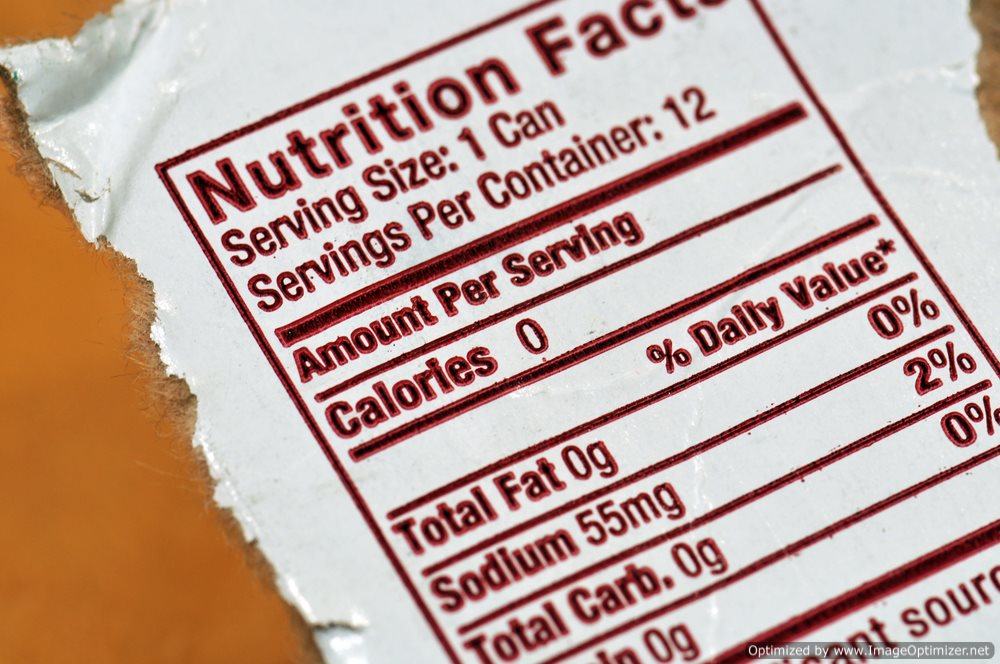Guide to FDA.gov (Food and Drug Administration)


 What is the FDA?
What is the FDA?
The Food and Drug Administration is a Federal agency that operates within the United States Department of Health and Human Services. The Food and Drug Administration is one of the country’s federal executive departments and is responsible for protecting and promoting public health through the supervision and regulation of tobacco products, food safety dietary supplements, prescription, as well as over-the-counter pharmaceutical drugs, biopharmaceuticals, vaccines, medical devices, electromagnetic radiation emitting devices, cosmetics, veterinary products and vaccines.
In addition to the regulation over the aforementioned products, the Food and Drug Administration enforces other laws, most notably Section 361 of the Public Health Service Act and associated legislation, which may or may not be related to food and drugs. In this format, the Food and Drug Administration is responsible for the regulation of sanitation requirements on interstate travel and the control of disease on products ranging from household pets to the donation of sperm intended for assisted reproduction.
What is the FDA Approval Process?
For a new drug to reach the pharmacy shelves it must be approved by the Food and Drug Administration. The FDA approval process is lengthy; the drug is tested and exhaustively examined to ensure that ingestion is safe and with limited side effects. On average, it takes 12 years and over $350 million dollars to get a new drug from the laboratory onto the pharmacy shelf.
If the FDA awards a drug the green light, the investigative substance will then enter three distinct phases of clinical trials. Phase 1, uses approximately 20-80 healthy volunteers to establish a drug’s safety profile. After a year of testing, the drug will enter phase 2, which will utilize between 100 and 300 patient volunteers to assess the substance’s effectiveness in treating the underlying condition.
Following the clinical trials the company responsible for producing the drug will then submit an application to the FDA for approval; this process can take up to an additional two and a half years. After final approval, the drug becomes available for physicians to prescribe, however, during this stage, the company will continue to observe and report cases of adverse reactions and other clinical data to the FDA.
 What is the FDA Orange Book?
What is the FDA Orange Book?
The Food and Drug Administration’s Orange Book is the tangible list of drugs approved or denied under section 505 of the Federal Food, Drug and Cosmetic Act for interstate commerce within the United States of America. More specifically, the FDA Orange Book will list all drugs in circulation in the United States and subsequently classify them based on where they stand in regards to being legally distributed to the American consumer.
In essence, the FDA Orange Book is the foundation of the FDA; the book provides a list of what drugs, cosmetics and other consumer products are considered legal and safe for use in the United States. The FDA Orange Book is updated daily as new drugs are approved.
The FDA Orange Book is a fundamental and crucial publication that keeps consumers currently informed on what drugs are approved and what drugs may be appropriate substitutes given the presence of a recall or grave side effects on an individual basis.
In the United States, individual state laws encourage the prescription of generic drugs in order to minimize the local government’s drug costs. In order to provide localities with a list of drugs approved by the FDA for safety and effectiveness, the FDA Orange Book was created.
How is the FDA Orange Book Organized?
The FDA Orange Book is organized by placing drugs into four distinct categories. For example, one category of drug will list all prescription drugs that carry a therapeutic evaluation. Over the counter drugs that are not legally marketed without the presence of a new drug application approval will be placed in the second drug category. The third drug category of the FDA Orange Book will include drugs administered by the Center for Biologics Evaluation and Research as labeled under Section 505 of the Food, Drug and Cosmetic Act. And lastly, the fourth category of the FDA Orange Book, will include a list of approved drugs that have not reached the marketing stage, are solely for military use, exportation or have been discontinued for marketing.
To expedite the evaluation process, the FDA provides an electronic search engine, labeled the Electronic Orange Book, that allows users to search for drugs listed in the FDA Orange Book. The engine will sift through all the drugs labeled in the book by associated drug publication, the drug’s proprietary names, active ingredients, patent numbers, application numbers and pharmaceutical applicant names.